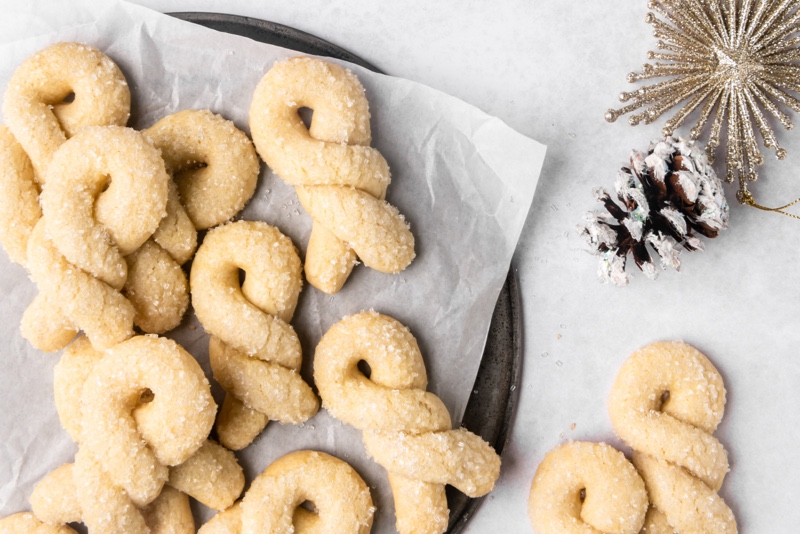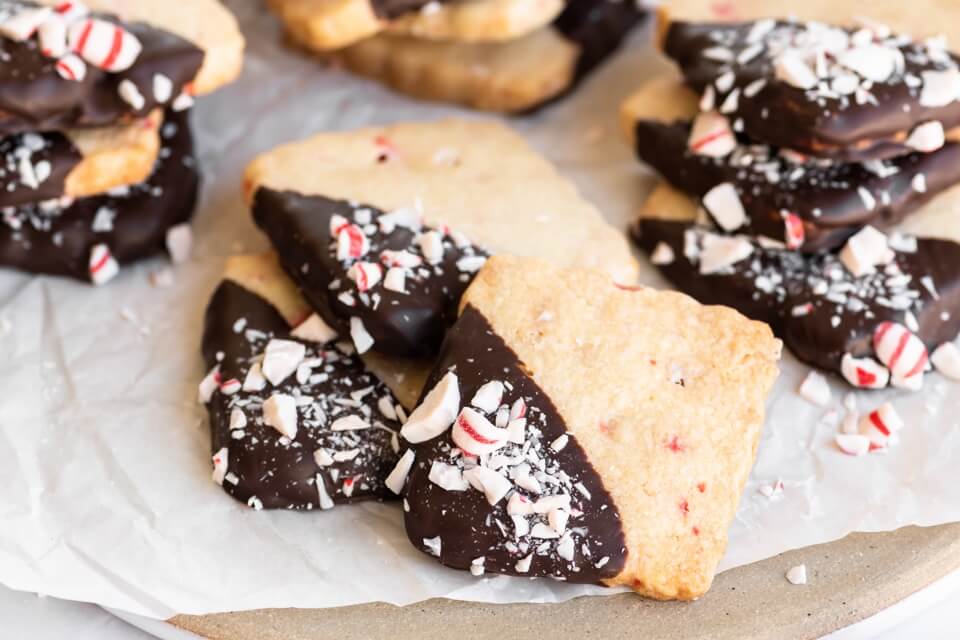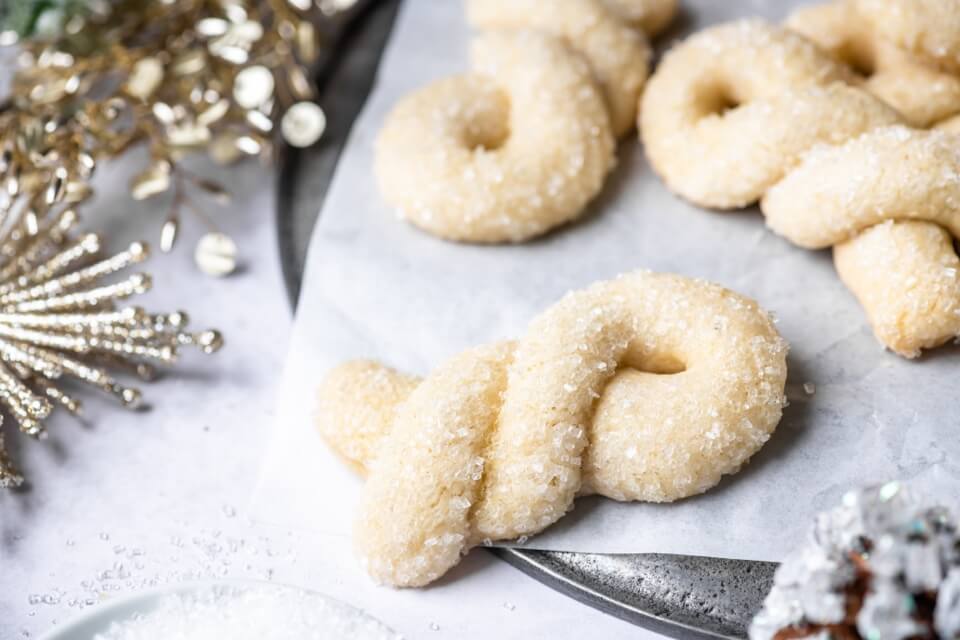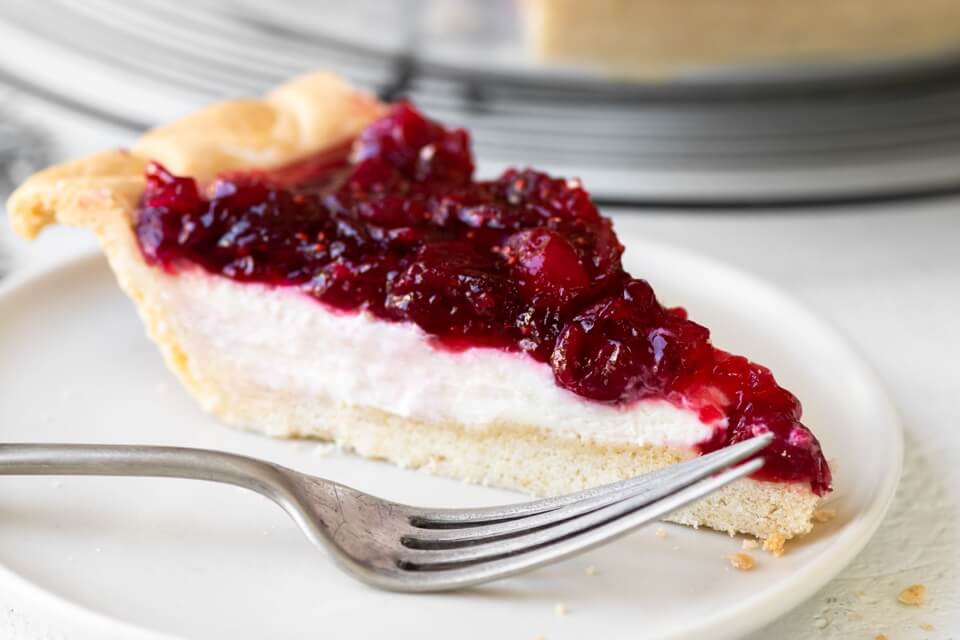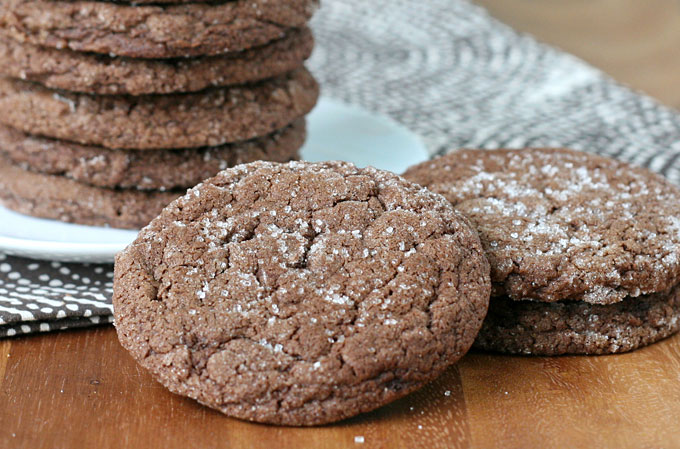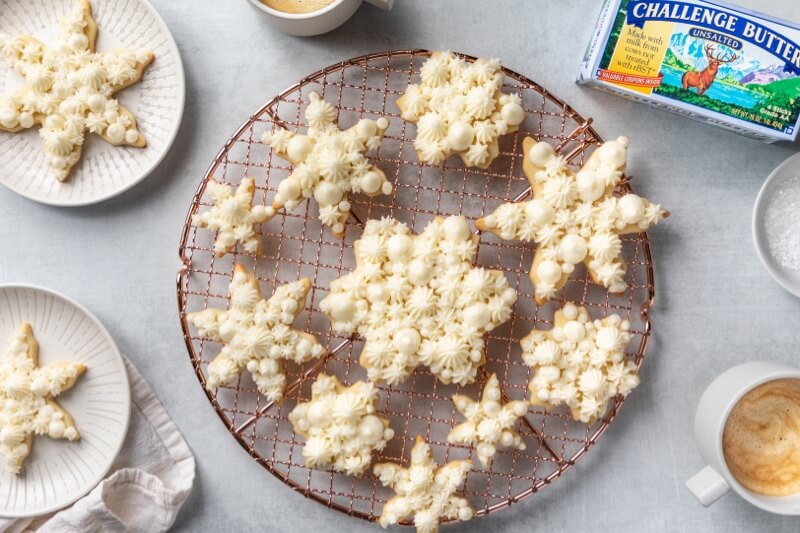It’s no secret that the building blocks of American baking are flour, sugar, and butter. Even in the simplest recipes, when these three elements combine, magic happens — especially in the form of tender sugar cookies.
What makes a sugar cookie a sugar cookie? It all has to do with the ratio of flour, sugar and butter. For our butter cookie tutorial, we explained that butter cookies have a high butter content to the sugar and flour. Sugar cookies, on the other hand, have a higher ratio of flour to butter, which makes this a very resilient dough for rolling out and cutting into shapes.
The first record of rolled-out sugar cookies in the U.S. dates back to the mid-18th century in Pennsylvania. The Protestant settlers there rolled out sugar cookie dough and cut it into keystone shapes, which represent the state symbol. Since then, sugar cookies have become a treat the whole nation enjoys, particularly during the holidays, cut into fun shapes and iced to perfection. (Sugar cookies are sometimes baked by the drop-cookie method, with balls of dough placed on a sheet pan and baked into simple round cookies.) Sadly, even the most enthusiastic home baker can be intimidated by rolling out, cutting, baking, and decorating sugar cookies. But like all skills, the ability to make knockout sugar cookies that look and taste great is one that requires practice.
It also helps to start with a leg up: here, we offer several tips to help you master sugar cookies for your next special occasion. Wash those cookie cutters, gather your ingredients, and get ready to roll.
Use quality.
If you’ve read the other 12 Recipes to Master, you’ve noticed a theme in our tips: buy the best! Especially when you’re cooking or baking with just a handful of ingredients, there’s nowhere for less-than-optimal ingredients to hide.
Choose unsalted butter.
Salted butter usually contains more water than unsalted butter. Excess water prohibits the proper development of gluten, making sugar cookie dough too sticky, or causing rolled-out shapes to distort. If you like a saltier dough, just use unsalted butter and add salt to taste.
Keep the butter at room temperature.
If your butter in a sugar cookie recipe is too cold, it can’t easily be mixed or contribute a light, fluffy texture to the dough. On the other hand, if it’s too melty, the dough won’t be dry enough to roll out. (Sure, you can add flour to a sticky dough, but your cookie will wind up tough.) If your butter somehow winds up melted, just place it in the fridge for 15 minutes or so, to let it firm up a bit.
Roll before you refrigerate.
Most recipes ask for the dough to be refrigerated before it’s rolled, but rolling a stiff, chilled dough is tough. Instead, roll the dough out first on a silicon liner, then set it inside a silicon sheet pan and refrigerate. When the dough comes out, it will be easy to cut out, and will produce clean-cut edges.
Use a thickness guide.
Rolling cookie dough out to a 1/4” thickness produces a substantial, sturdy cookie. If you don’t have a ruler handy, use this shortcut: your pinky is about 1/4” thick, from pad to fingernail.
Refrigerate the full amount of time.
Don’t skimp on the amount of time you refrigerate your dough. Chilling the dough reduces how much the cookies spread in the oven, which is critical to baking up shapes people can recognize. (Is it a bell? A pig? The state of Ohio?)
Organize your shapes on the sheet pan.
If you’re baking up several shapes, gather the small shapes on one pan and the larger shapes on another. This way, you can remove the pan with smaller shapes as they will be ready before the larger ones.
Watch your timing.
Whether you prefer a pale or a golden-edged cookie, the difference between them can be less than one minute in the oven. Stay on top of the timer and keep the oven light on as you bake.
Look for the puff.
How can you tell when a sugar cookie is baked? This can be especially confusing if you prefer a pale cookie. We’ve found that the center of a cookie says it all: if it’s puffed in the center, and no longer shiny, it’s ready to come out of the oven.
Let the cookies cool fully.
When in doubt, give them more time to cool, not less.

